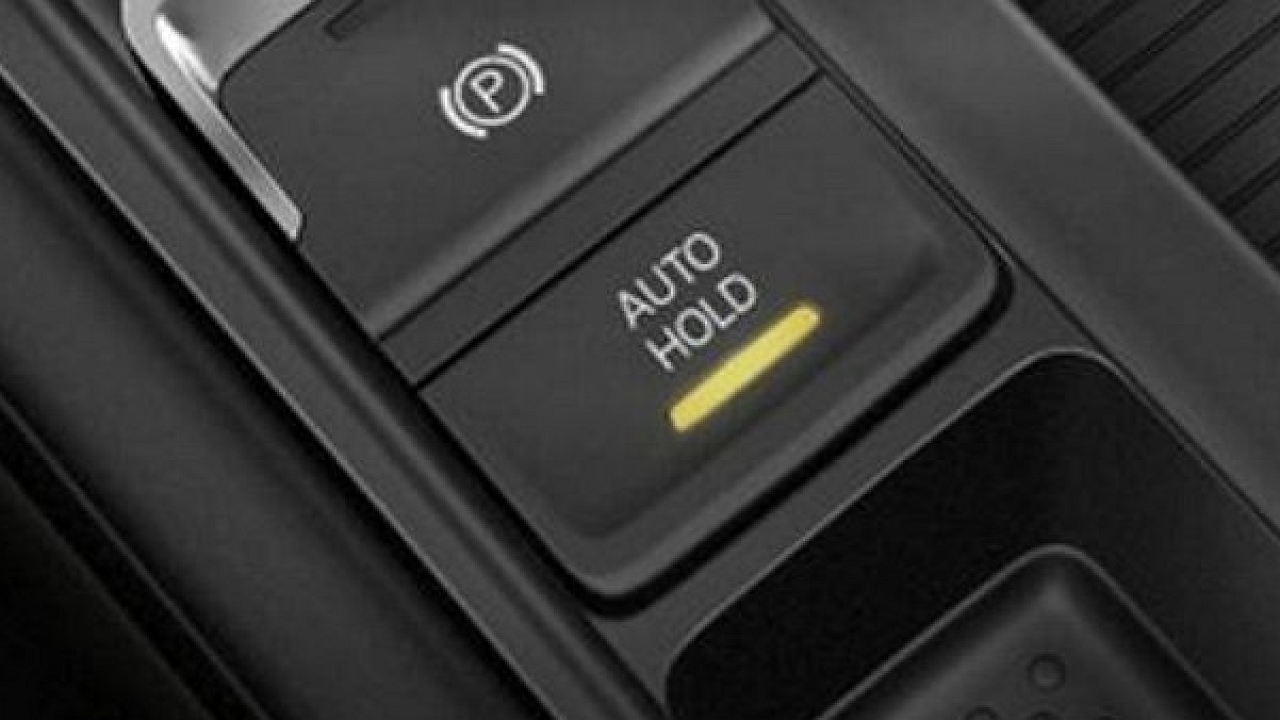Unlike a conventional handbrake, the electronic parking brake behaves very differently while driving. Moreover: many car owners do not know how to use it correctly. But what about it: the lion’s share of drivers have never even activated it while driving. But what will actually happen if this is done, the AutoVzglyad portal found out.
We all know very well that if you want to stop your car from skidding, all you have to do is pull the handbrake when taking a bend. But its electronic analogue is unlikely to do this. What’s even worse is that it can significantly worsen the situation and even cause an accident. True, for lack of experience and inability to read the car’s instruction manual.
In fact, the ‘electric handbrake’ is primarily designed to bite into the brake pads while parking. An added bonus with modern cars is the ability to automatically apply the handbrake when stopping. But you have to learn how to use it along the way. In addition, some car manufacturers strongly advise against quick activation of this key in their manuals. Why?
Firstly, as already mentioned, the main function of the mechanism is to hold the car in place. Secondly, the device reacts quite unpredictably when activated while moving. Anyway, on some models the electronic parking brake blocks the braking system completely and quite aggressively, while on other models it works quite smoothly, using ABS and exchange rate stabilization systems.
Depending on the road and climatic conditions, the car is at risk of free-swimming after many freakouts. Or it will seriously overheat the mechanisms. In any case, using the electric handbrake at high speeds is still a gamble. Perhaps it will only prove to be the best assistant in the event of a complete failure of the brakes, but you should still be able to turn it on in an acute situation.
As a rule, when you press or lift a button while driving (depending on the car model), absolutely nothing happens. When you press the button again, the warning lights on the “clear” may come on, and only if you hold it down for a few seconds will the automation work and the blocks will be closed.
But at speeds up to 30 km/h, it is enough to click the parking brake once so that it blocks the wheels. But the most important thing is that the driver can respond quickly and correctly to the car’s behavior after the electronic handbrake has been applied.
We all know very well that if you want to stop your car from skidding, all you have to do is pull the handbrake when taking a bend. But its electronic analogue is unlikely to do this. What’s even worse is that it can significantly worsen the situation and even cause an accident. True, for lack of experience and inability to read the car’s instruction manual.
In fact, the ‘electric handbrake’ is primarily designed to bite into the brake pads while parking. An added bonus with modern cars is the ability to automatically apply the handbrake when stopping. But you have to learn how to use it along the way. In addition, some car manufacturers strongly advise against quick activation of this key in their manuals. Why?
Firstly, as already mentioned, the main function of the mechanism is to hold the car in place. Secondly, the device reacts quite unpredictably when activated while moving. Anyway, on some models the electronic parking brake blocks the braking system completely and quite aggressively, while on other models it works quite smoothly, using ABS and exchange rate stabilization systems.
Depending on the road and climatic conditions, the car is at risk of free-swimming after many freakouts. Or it will seriously overheat the mechanisms. In any case, using the electric handbrake at high speeds is still a gamble. Perhaps it will only prove to be the best assistant in the event of a complete failure of the brakes, but you should still be able to turn it on in an acute situation.
As a rule, when you press or lift a button while driving (depending on the car model), absolutely nothing happens. When you press the button again, the warning indicators on the “clear” may light up, and only if you hold it down for a few seconds will the automation work and close the blocks.
But at speeds up to 30 km/h, it is enough to click the parking brake once so that it blocks the wheels. But the most important thing is that the driver can respond quickly and correctly to the car’s behavior after the electronic handbrake has been applied.
Source: Avto Vzglyad
Donald Salinas is an experienced automobile journalist and writer for Div Bracket. He brings his readers the latest news and developments from the world of automobiles, offering a unique and knowledgeable perspective on the latest trends and innovations in the automotive industry.














